Expert’s Rating
Pros
- Excellent main, telephoto and selfie cameras
- Top-tier performance
- Stunning 120Hz screen
- Secure 3D face unlock
- Very good battery life
Cons
- Underwhelming ultrawide camera
- Cluttered software
- Expensive
Our Verdict
For all its plus points, the Magic 6 Pro isn’t a straightforward recommendation. It has some of the best cameras in the business, but can you tolerate the hit-and-miss software, bold design and high price tag?
For a company that used to be known for cheap smartphones, Honor puts a lot of emphasis on high-end devices these days.
The foldable Magic V2 might be its most groundbreaking device, but the Magic 6 Pro isn’t far behind in terms of ambition.
At £1,099/€1,299, it’s Honor’s most expensive smartphone in Europe, though that might change if the Magic 6 Ultimate ever makes it out of China.
Unfortunately for Honor, the likes of Apple, Samsung and Google all make compelling devices around this price. And as good as the cameras are on the Magic 6 Pro, most people will be better off with a different device.
See our guide to the best smartphones you can buy for the top alternatives.
Design & Build
- Premium glass and aluminium design
- Huge rear camera module
- IP68 rating
The design of the Magic 6 Pro makes it very clear what Honor wants you to focus on. Its huge rear camera module dominates the back of the phone, taking up almost half of the entire space on the back.
Despite needing space for three lenses and a flash, Honor could’ve achieved this without making it look so outlandish. In case you needed to know, this is a camera first, smartphone second device.
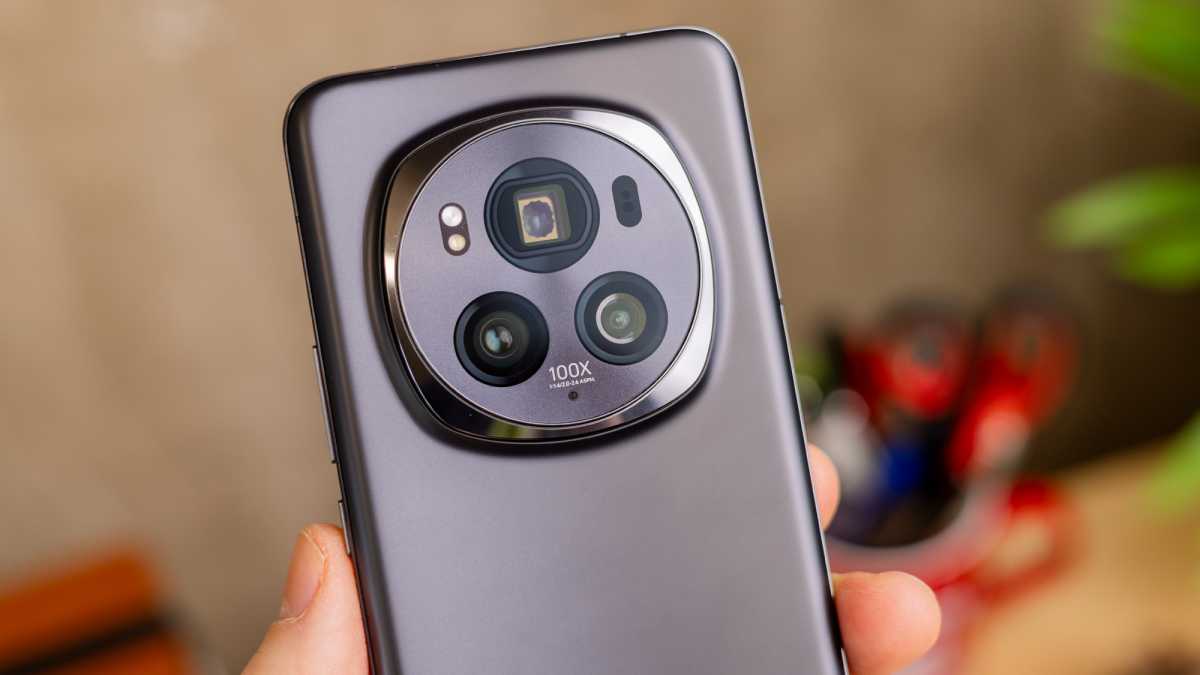
Dominik_Tomaszewski / Foundry
The way the Magic 6 Pro looks will divide opinion, but I actually quite like it. It’s very clear that this is a serious bit of photography kit, yet the glass surrounding the camera module still blends seamlessly into the back of the phone. I also found that my finger rests just below it very naturally.
The rest of the back feels boring by comparison, especially in the muted ‘Black’ finish, which looks more like grey in person. You can switch things up by going for ‘Epi Green’ instead, with a matt coating on both avoiding any visible fingerprint smudges.
The way the Magic 6 Pro looks will divide opinion, but I actually quite like it
I still wouldn’t recommend going case-free, though, given the Magic 6 Pro’s tendency to slide out of your pocket or off a table. More grip is very much needed.
A case also provides protection, though durability is already good. The phone feels very well-made, with a combination of tough aluminium and glass that shows no signs of wear and tear after more than two weeks of usage.
Honor uses its own ‘Giant Rhinoceros Glass’ on the display, which is supposedly able to deliver even better shock and drop resistance than Gorilla Glass. However, it’s worth noting that there’s a pre-applied screen protector that’s prone to accumulating scratches.
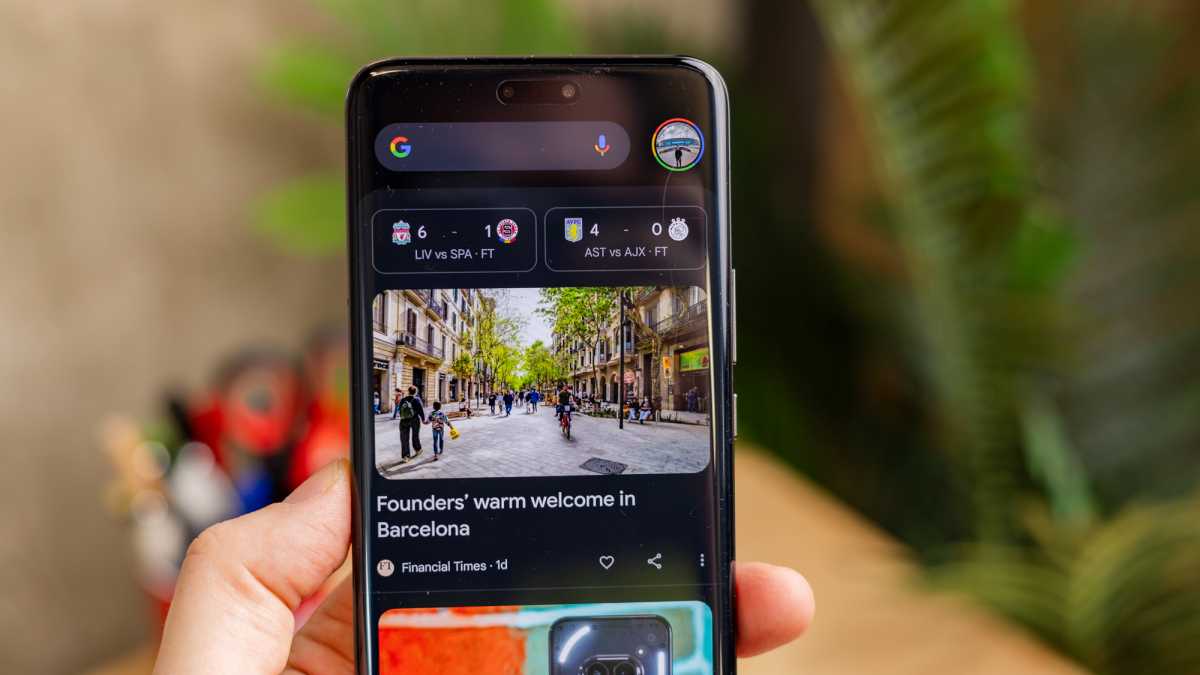
Dominik_Tomaszewski / Foundry
Like most flagships, the 6 Pro also has an IP68 rating, meaning it can survive submersion in up to 1.5mm of water (for up to 30 minutes) and is fully protected against dust.
A weight of 224g makes the phone feel premium, though I wish it was just a bit lighter. At 9.7mm, it’s not particularly slim either, though this is often the case on huge phones like this.
Elsewhere, the vibration motor on the Magic 6 Pro is solid, and delivers realistic haptic feedback while gaming, typing or simply navigating apps.
Screen & Speakers
- 6.8-inch OLED display
- 120Hz refresh rate
- Dual stereo speakers
The Magic 6 Pro has one of the biggest phone displays around, but also one of the best.
Its 6.8-inch panel is on par with the Galaxy S24 Ultra in terms of size, though curved rather than flat edges make it easier to hold than Samsung’s phone. As an OLED, you get the combination of vibrant colours and deep blacks that make it perfect for gaming or watching videos.
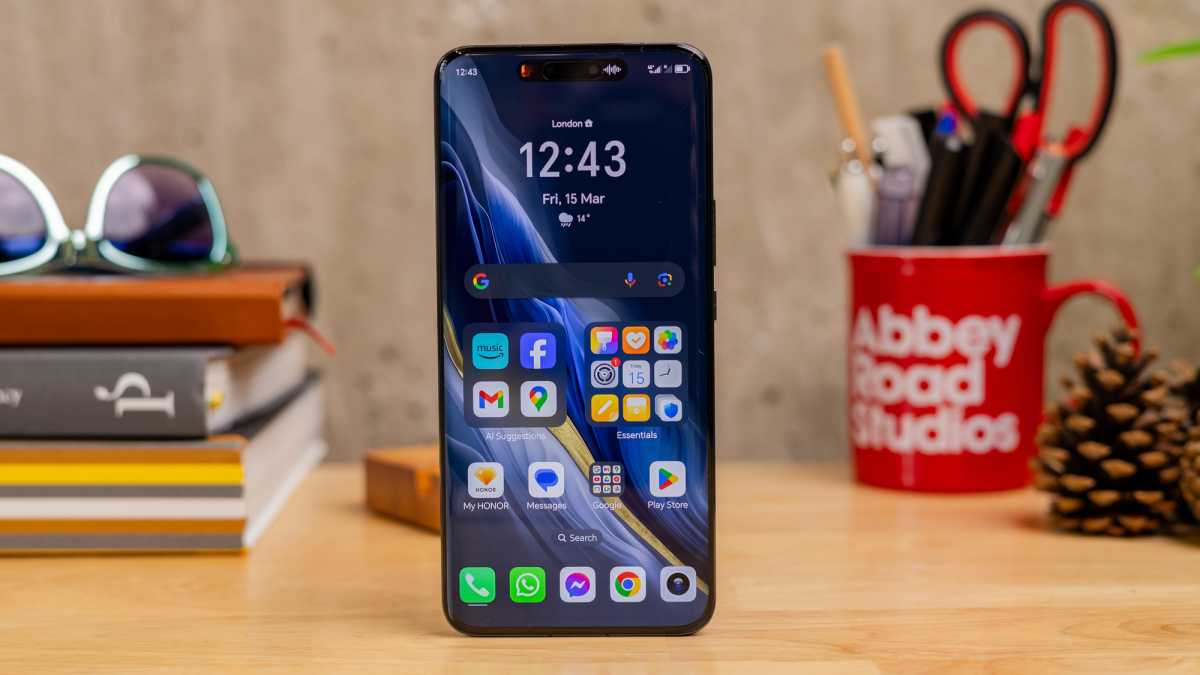
Dominik_Tomaszewski / Foundry
A 120Hz refresh rate isn’t the absolute highest around, but very few apps can go above that anyway. Everything still feels silky-smooth and responsive, even when on the default ‘Dynamic’ mode. As an LTPO screen, this allows it to move between 1-120Hz depending on what you’re doing, helping to conserve battery life.
Again, the Full HD+ (2800 x 1280) is a small step down from the 1440p or even 4K displays on some phones, but I doubt you’ll notice. Detail and clarity are still very good, even in the optional greyscale ‘eBook mode’.
I used the Magic 6 Pro outside extensively, including on bright sunny days. Visibility was excellent throughout, with a maximum recorded brightness (with auto adjustment turned off) of 780 nits coming into its own.
The Magic 6 Pro’s display isn’t the best in class in any one area, but it has no weaknesses either.
The Magic 6 Pro’s display isn’t the best in class in any one area, but it has no weaknesses either.
Within the screen is an optical fingerprint scanner. While I’d like the target area to be bigger, it’s one of the better ones I’ve tried, consistently and quickly unlocking the phone.
You might prefer to use face unlock, though, given it’s now secure enough to be used to authenticate purchases and log in to banking apps.
The front-facing camera combines with a dedicated 3D sensor to make it possible, and it’s totally seamless. It even works well in the dark, making this the closest thing we’ve seen to Face ID on an Android phone.
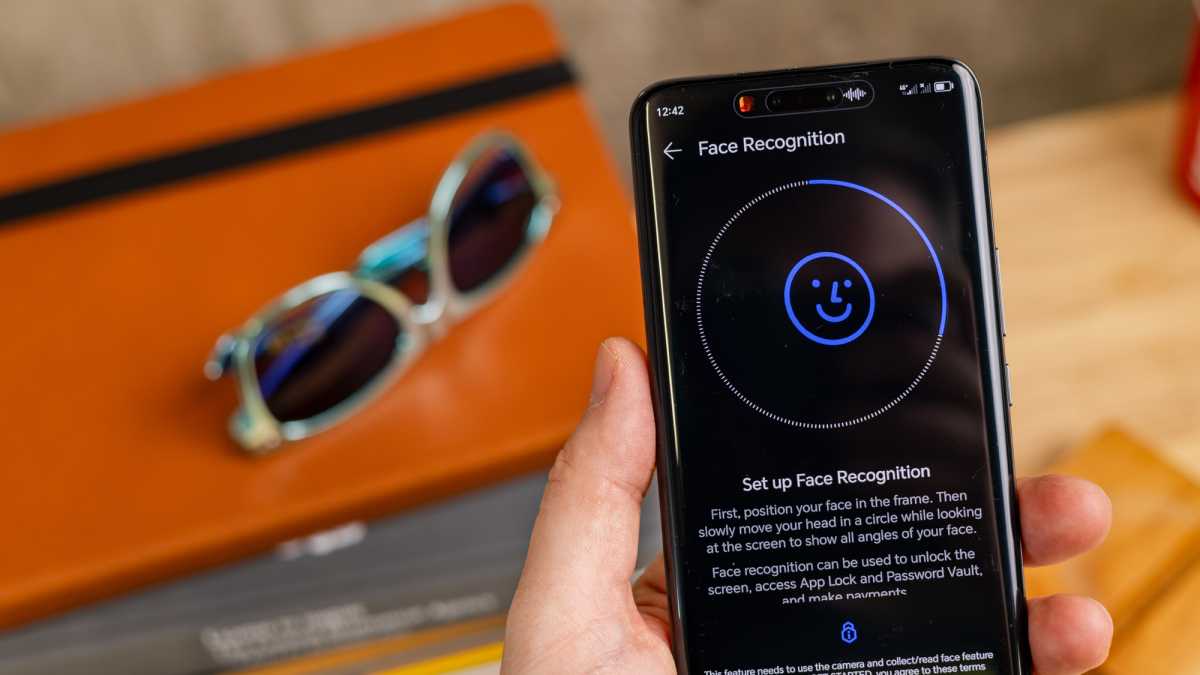
Dominik_Tomaszewski / Foundry
However, you’ll have to put up with an annoyingly large cut-out at the top of the display. While watching videos, it really interrupts the viewing experience. Is this a worthwhile trade-off for a seamless unlocking experience? That comes down to personal preference, but it is for me.
The Magic 6 Pro has stereo speakers, though it doesn’t rely on the earpiece for regular audio. Sound is clear and crisp in all scenarios, with more bass than you might expect for a device of this size.
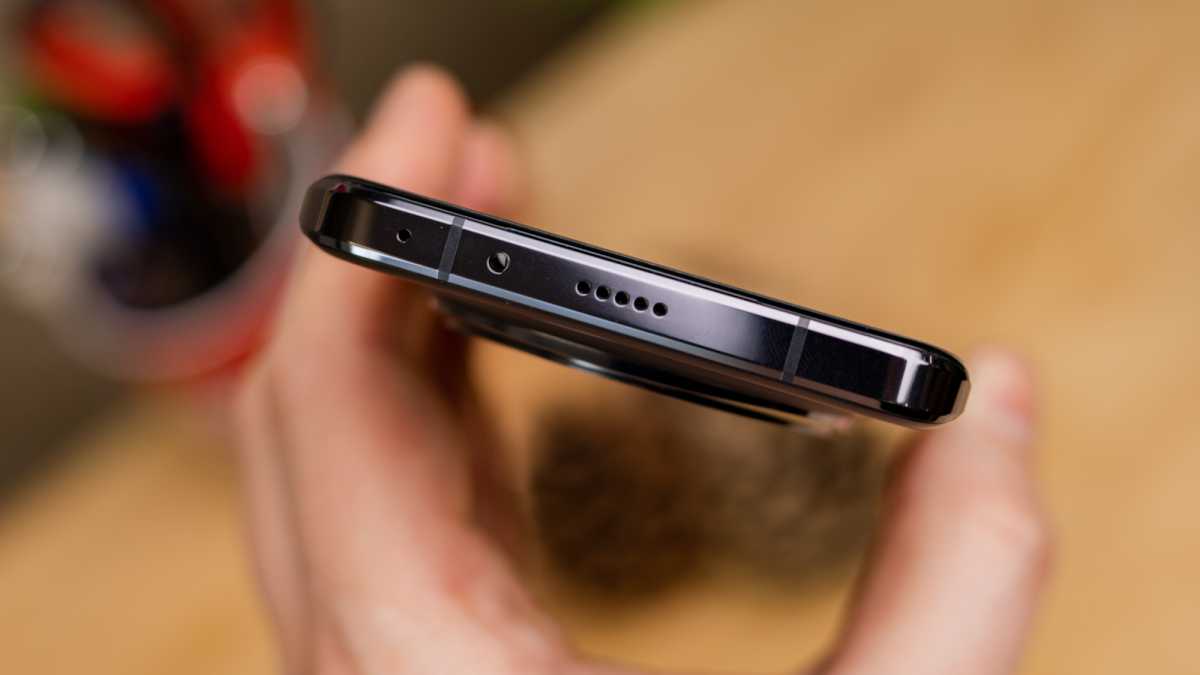
Dominik_Tomaszewski / Foundry
Specs & Performance
- Qualcomm Snapdragon 8 Gen 3 chipset
- 16GB RAM, 512GB internal storage
- 5G and dual-SIM support
Honor hasn’t made any compromises when it comes to performance on the Magic 6 Pro.
Not only do you get Qualcomm’s top-of-the-line Snapdragon 8 Gen 3 chipset, the only model available in the UK offers a bumper 16GB of RAM.
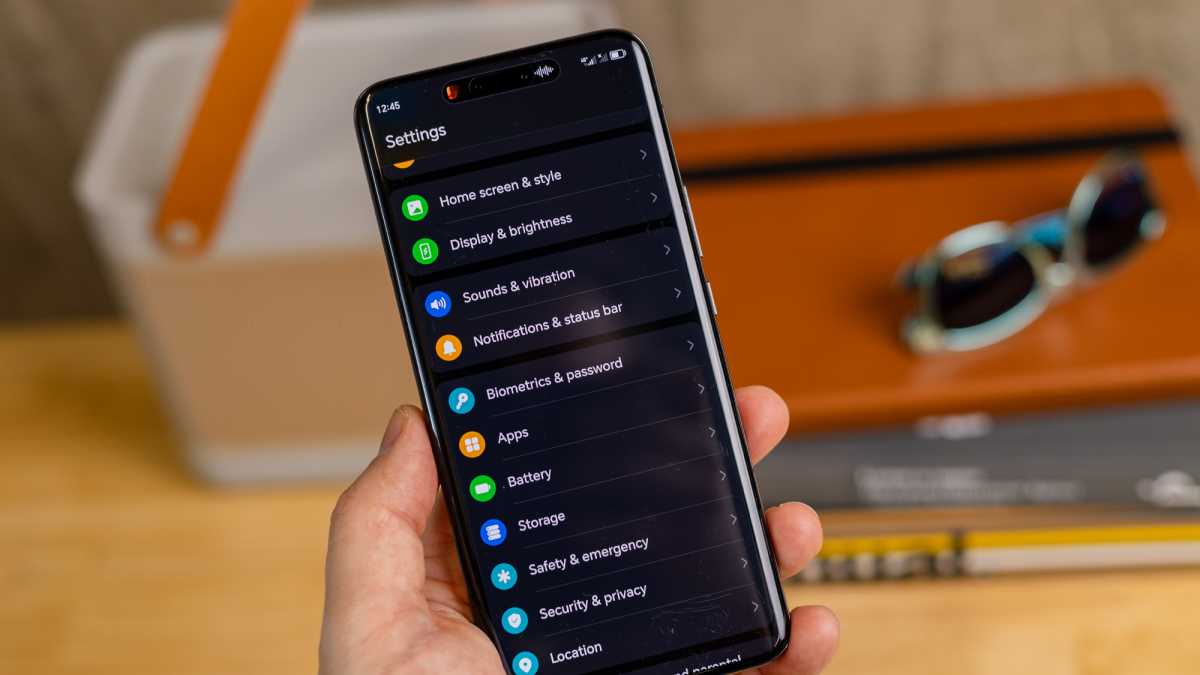
Dominik_Tomaszewski / Foundry
Combined, they ensure the Magic 6 Pro delivers some of the best performance you’ll get on any smartphone. During most everyday tasks, it feels like the phone has an embarrassing amount of power in reserve.
During extensive testing, I primarily used it for web browsing, messaging, watching videos, taking lots of photos and the occasional call. Throughout all of that, there wasn’t even a hint of hesitation or slowdown, which can’t be said for all flagship phones.
The Magic 6 Pro delivers some of the best performance you’ll get on any smartphone
As expected, this great performance makes the Magic 6 Pro a potent gaming machine. Across three titles known to be very demanding – Call of Duty: Mobile, EA Sports FC Mobile and Asphalt 9: Legends – gameplay remained smooth and responsive, with no noticeable dropped frames.
Even during gaming sessions, the back of the phone only gets slightly warm to the touch, and never becomes uncomfortable. Unless you’re really serious about mobile gaming (in which case I’d recommend a dedicated gaming phone), this will satisfy all your performance needs.
Honor Magic 6 Pro benchmarks
While there’s no support for expandable storage, the 512GB on offer here is more than enough for most people. You can put two SIM cards in instead to make use of that 5G support, while there’s also Wi-Fi, Bluetooth 5.4 and NFC here.
Cameras
- 50Mp variable aperture main lens
- 180Mp periscope telephoto
- 50Mp ultrawide
- 50Mp selfie with separate 3D depth sensor
Honor isn’t pulling any punches when it comes to camera hardware on the Magic 6 Pro. There are a total of four lenses across the front and back, plus a separate 3D depth sensor.
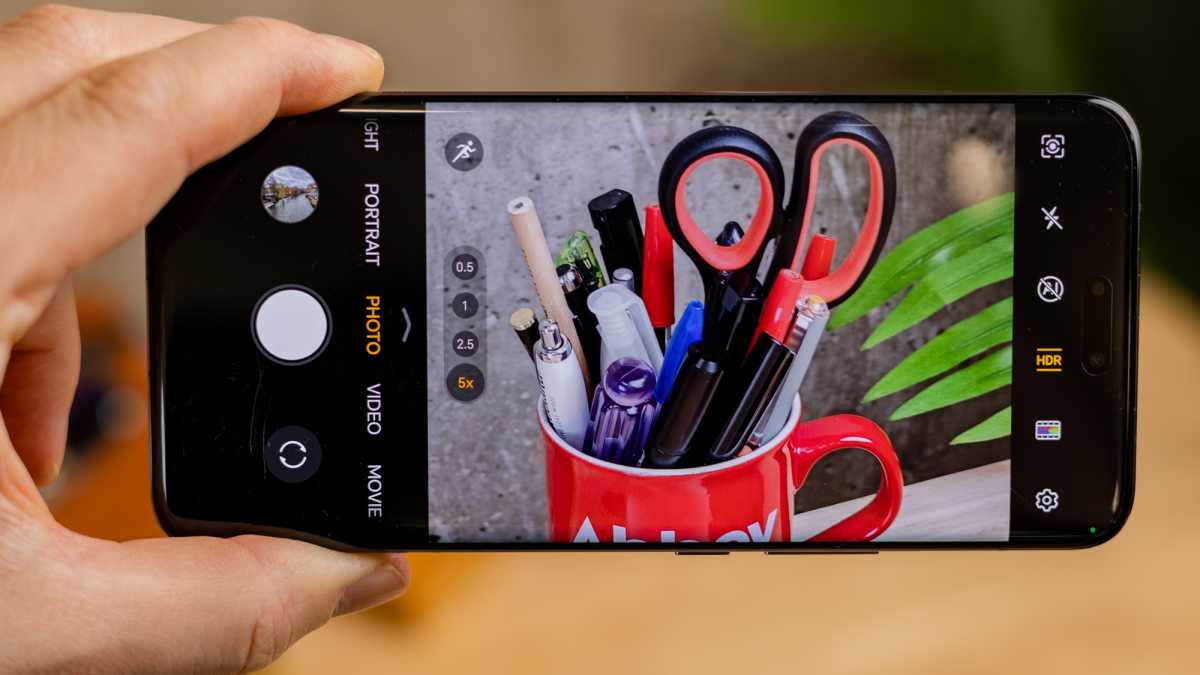
Dominik_Tomaszewski / Foundry
Let’s start with the 50Mp main lens, which is the one you’ll probably use most often. It has a variable aperture, meaning it’ll automatically move between f/1.4 and f/2.0 focal lengths depending on the scene.
There are two key benefits compared to a regular lens. The first is in challenging lighting conditions, where the sensor can adjust how much light it lets in in order to maximise detail.
And I have to say, the Magic 6 Pro is the best low-light smartphone camera I’ve ever tried. Even in very dimly lit scenes, shots are still brimming with detail and noise is kept to a minimum. It also manages to brighten the image without looking artificial, something many phone cameras struggle with.

Anyron Copeman / Foundry
The other is for portrait-style shots, where you have extra control over the level of background blur – including after the shot was taken. Again, the Magic 6 Pro excels in this area, and its edge detection is second to none.
Of course, this main lens is very capable for regular photos, too. Even in the default 12.5Mp mode (where a process known as pixel binning has combined four pixels into one), detail and dynamic range are superb.
Exposure is handled well, and colours tend to pop. My only complaint is it’s not particularly true to life, though this saturated look is well-suited for sharing on social media.
There are two AI features within the camera app, though neither are particularly effective. The AI Photography mode recognises what you want to take a photo of and adjusts the scene accordingly, but I can’t tell the difference compared to a regular shot.
The Magic 6 Pro is the best low-light smartphone camera I’ve ever tried
And the AI Motion Sensing is meant to keep subjects in focus while moving around a lot, but it didn’t stop pictures of a dog from being blurry more often than not.
However, for zoom shots the 180Mp, f/2.6 periscope telephoto is very impressive. It only offers 2.5x optical zoom, but can crop in on 180Mp shots to give you 5x without any noticeable drop-off in image quality – this is very impressive.
Even 10x shots are very usable, though I wouldn’t recommend going far beyond it. The 100x digital zoom is just there for the sake of it.
Sadly, the 50Mp, f/2.0 ultrawide lens isn’t quite as good. The 122-degree field of view is very useful in some scenarios, though it lacks the optical image stabilisation (OIS) of the other cameras. As a result, shots are prone to looking blurry and some dynamic range is lost. The contrasty colours are also even more pronounced here.
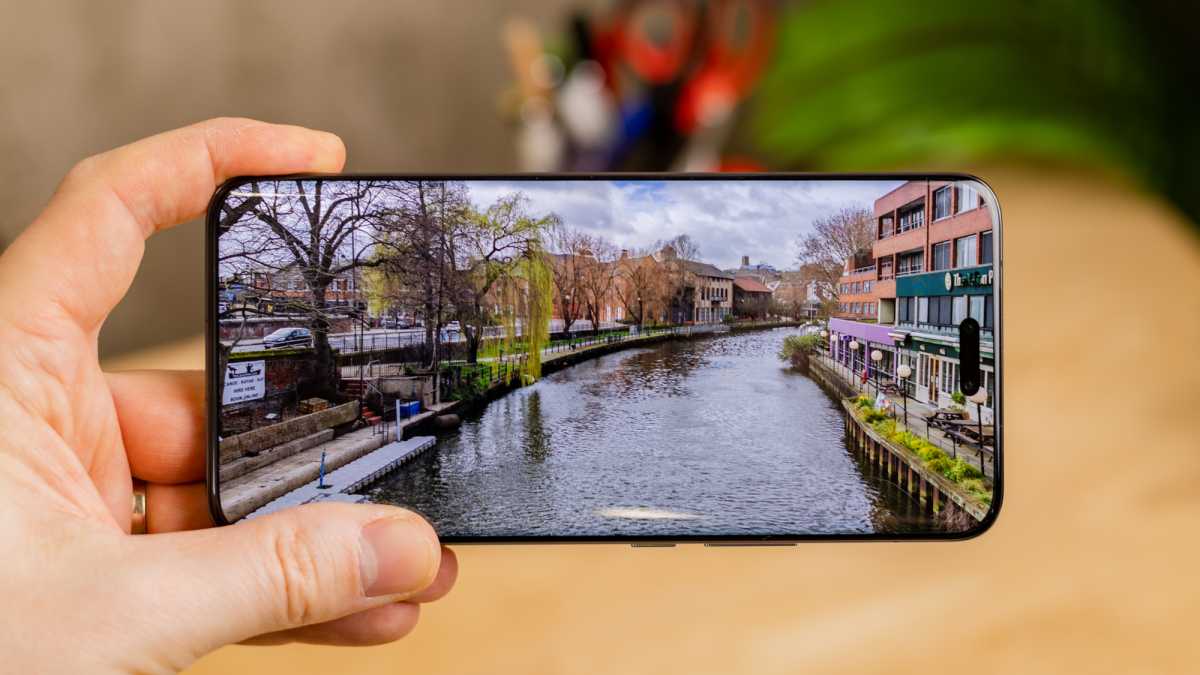
Dominik_Tomaszewski / Foundry
The 50Mp selfie camera delivers clear, crisp selfies, whether you want the realistic background blur or not. Even when it’s basically pitch black, the screen illuminates your face and captures a very decent image.
I think the 3D depth sensor next to it helps quite a lot, even if its main purpose is for the secure face unlock.
If you’re serious about photography, there are loads of pro-level photography features here – including the ability to manually adjust that aperture. But…
